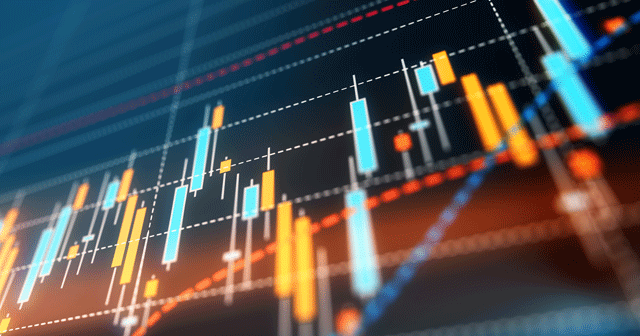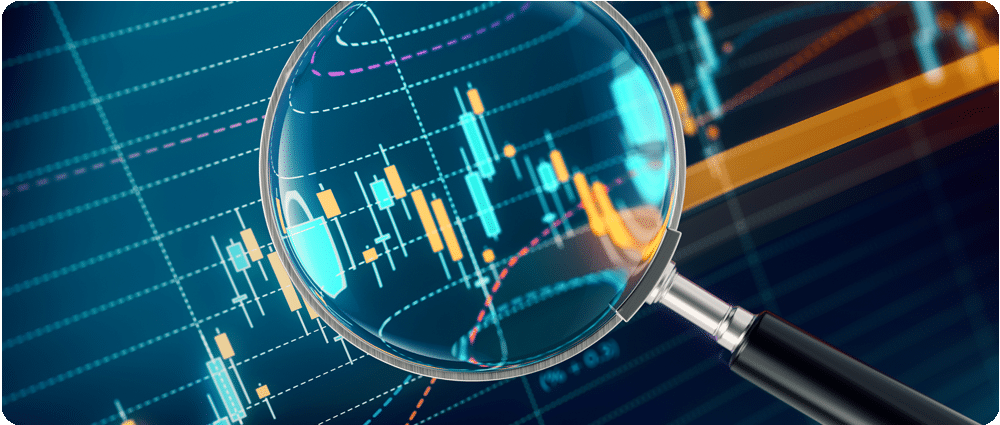Learning to Measure and Manage Financial Risks in Trading

Every industry has to learn to manage financial risks. There is no truly immune sector when it comes to protecting profits and minimizing liabilities. But in the stock market, especially, risk management is vital in every transaction.
Learning how to trade without damaging your bottom line is essential. You have to make fast buying and selling decisions based on the ebb and flow of market trends.
The DTN mission is to help clients prosper in a fast-paced world. We offer several products for active traders, including live and on-demand courses. Reach out to one of our experts today to learn how we help you manage financial risks while remaining profitable.

Looking at Risk
The stock market inherently carries risk, and anyone who tells you otherwise isn’t being honest. Trading in any form relies on the market’s frequent and sudden changes. And it has the potential to go badly and cost you money.
Active day traders, in particular, are open to more risk. But they have the chance to see significant returns, as well. The excitement and possibly lucrative payouts draw many people to day trading
And with planning and strategy, you can manage financial risks in your active trading as you work to turn a profit.
Go Solo or Choose a Broker?
Many day traders opt to handle all of their trades on their own. If this describes you, be sure to take advantage of high-quality training and classes that will help you recognize and manage your risk.
You can have a successful active trading business without hiring a broker. But it requires ongoing education and excellent software tools to protect your investment.
If you choose to work with a broker, be sure to select someone whose clients make frequent trades. A broker who primarily works with infrequent traders is unlikely to help you manage your risk properly.
A broker who is used to frequent trading will better understand the rhythms of the stock market. Looking at trends, they will have a higher level of expertise in advising you to buy or sell.

The One Percent Trading Rule Helps Manage Financial Risks
Successful active traders frequently rely on the one percent rule. That is, in any given trade, their position doesn’t place more than one percent of their account at risk. This helps minimize losses when they occur so that the integrity of your assets remains.
It also ensures that you need to gain less to get back to even. If you draw down your account by 10 percent, you only need to recuperate about 11 percent to get back to your starting point. On the other hand, if you draw down 50 percent of your trading account, you have to earn back 100 percent to break even again.
The steeper your losses, the steeper the hill you have to climb to recover. Adding insult to injury, steep losses also frequently trigger riskier, emotional trading behavior as you try to get out of the hole.
Following the one percent rule helps you protect your assets and investments while you play the market. As an example, let’s say that you have a $40,000 account. If you follow the one percent guideline, any given trade will only place $400 at risk. This loss is one that you can absorb without spiraling into a problem.
Stop-Loss Points
One way to leverage your assets and still follow the one percent rule is to utilize stop-loss (S/L) points. This number is the price at which you are willing to sell a stock to stop further losses. It can allow you to put more than one percent in play because it ensures you won’t drop lower than a one-percent loss.
Looking at the above account value of $40,000, let’s see how this can work. You could have an $800 position at stake with a stop-loss that doesn’t exceed 50%.
If the stock starts losing money, your position will end once it has lost half its value. That is, from an $800 position, you would only have lost $400, which falls within the one percent rule.
Take-Profit Points
Another way to manage financial risks in your active trading is to use take-profit (T/P) points. These are the opposite of S/L points. A T/P point is the price at which you will sell and take a profit.
To successfully and profitably use stop-loss and take-profit points, you must have current market data and historical trends. Information moves and changes too swiftly to make decisions without a robust feed tool at your fingertips.

Fundamental vs. Technical Analysis
Analyzing individual stocks and their place in the market as a whole requires significant ongoing analysis. Both fundamental and technical analysis techniques are necessary to manage your financial risks in trading.
- Fundamental Analysis looks at the value of a company. It examines the earnings, assets, and liabilities of a company in the context of the broader economic and industry conditions.
- Technical Analysis looks at the volume and price data of a stock to identify trends and patterns.
Historical and Real-Time Data Are Critical
It’s impossible to measure or manage your financial risks without having current, accurate ticker data. But to be successful, you also need access to high-level historical information. The new and the old work together to ensure you can make timely, smart trading decisions.
By utilizing real-time and historical data, you can see what the market is doing at the moment. And you can gauge its behavior within the context of past trends. This valuable knowledge helps you mitigate risks in a volatile market.

Reliable Tools to Help You Prosper
DTN offers dependable tools and services to take your trading business to the next level. With our powerful IQ Feed and high-level courses, we support you at each stage of your stock market journey.
Running a business as an active trader can be highly lucrative. But it does require knowing how to manage financial risks at each step. Reach out to a DTN team member today to find out more about how we support you.










 Comprehensive weather insights help safeguard your operations and drive confident decisions to make everyday mining operations as safe and efficient as possible.
Comprehensive weather insights help safeguard your operations and drive confident decisions to make everyday mining operations as safe and efficient as possible.

